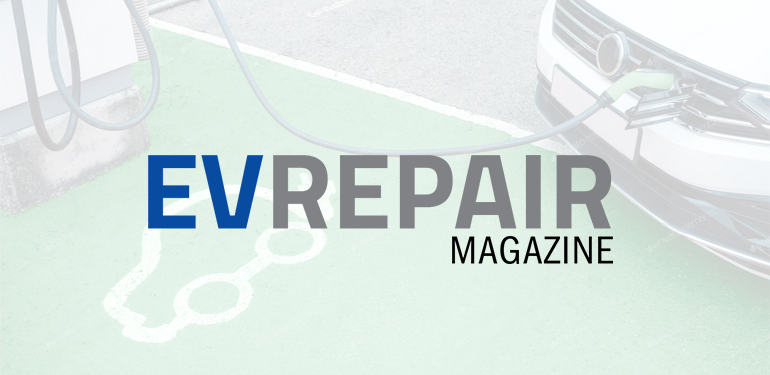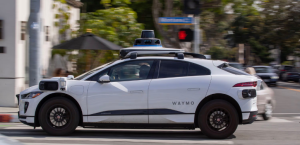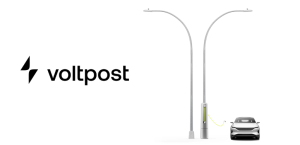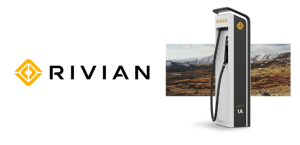Toronto, Ontario — in this week’s electric and autonomous vehicle report, General Motors develops a prototype generator to bring EV charging closer to you, and Mercedes-Benz partners with Luminar to develop the next generation of autonomous vehicles.
Eye on you
The Insurance Institute for Highway Safety (IIHS) is developing a rating system to evaluate partially autonomous vehicles for safeguards intended to maintain driver focus.
These ratings evaluate a vehicle’s safeguards as good, acceptable, marginal or poor but do not assess components such as obstacle detection systems.
Vehicles with good ratings must monitor a driver’s hand-eye positioning, have alerts and emergency procedures for drivers that fail to meet these conditions. Automations are only enabled when seatbelts are fastened, automatic emergency braking is enabled, and lane departure prevention/warnings are online.
Additionally, they must carry multiple alert systems – think warning beeps, lights, and vibrations. If alerts are ignored, the vehicle may slow, notify the manufacturer, or disable automation for the rest of the drive.
If accepted, this will be one of the first programs rating partially autonomous vehicles for automation safeguards.
Electric anywhere
Announced Jan. 19, General Motors (GM) will test a prototype electric vehicle (EV) charge built from a hydrogen-powered mobile power generator (MPG) and an Empower rapid charger.
According to Charles Freese, GM’s executive director, this Hydrotec-based generator would create a portable, off-the-grid generator that can fast-charge four EVs at a time. With fully stocked internal hydrogen tanks, it could charge close to 100 cars before depletion.
However, the prohibitive cost of delivering hydrogen across vast distances renders this a technology for a future when hydrogen production becomes more available, something Freese says will eventually happen closer to points of use.
While intended to provide commercial electric-vehicle charging stations, these hydrogen generators may be adopted by future militaries as a quieter power source with lower thermal signatures than the diesel generators found in today’s outposts and forward operating bases.
Future cars: coming sooner
This week, Mercedes-Benz and Luminar announced a partnership to develop Mercedes-Benz cars with Luminar technology.
Future Mercedes-Benz vehicles may integrate Luminar lidar (light detection and ranging) technologies, shortening development cycles and keep up with the latest technologies in autonomous vehicles. Meanwhile, the partnership helps Luminar begin series production of its foundational technology.
“This partnership is a landmark moment, demonstrating how safe and autonomous driving functions on consumer vehicles are going from sci-fi to mainstream,” said Austin Russell, CEO of Luminar.
“Mercedes-Benz’s achievement of SAE Level 3 (conditional automation) already marked a huge milestone. I am convinced that partnerships will increase our ambition for what is possible in the future,” said Markus Schäfer, a chief technology officer at Mercedes-Benz.
The full announcements can be found on Mercedes-Benz and Luminar’s sites.



























